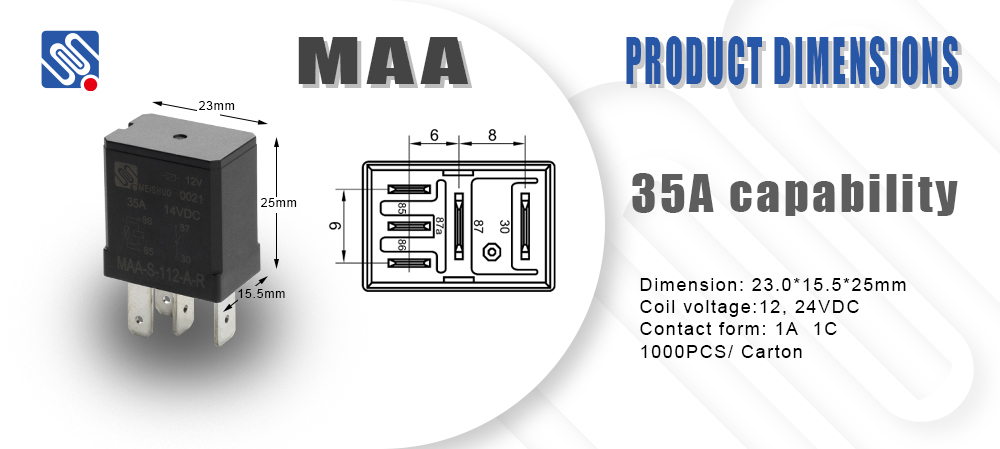Relay electrical diagrams are essential tools in understanding how relays work within electrical systems. These diagrams illustrate the connections and interactions between components such as relays, switches, and control circuits in order to provide a clear visualization of how power is managed and directed in an automation or control system. Relays, which act as electrically operated switches, are widely used in a variety of applications, from industrial machinery to household devices. Understanding how relay electrical diagrams function is crucial for anyone working with control circuits, automation systems, or electrical troubleshooting.

What is a Relay and Why is it Important? A relay is an electromagnetic switch that allows low-power electrical circuits to control high-power circuits. It typically consists of a coil, contacts, and a switch mechanism. The relay coil, when energized, generates a magnetic field that moves the relay contacts, either opening or closing the circuit. This action allows relays to control larger electrical loads using a small electrical signal. In simple terms, a relay acts as an intermediary that allows small signals to control big operations. Relays are used in many everyday applications, including automotive systems, home appliances, industrial control systems, and automation technology. Whether it’s turning on a motor, switching lights, or protecting sensitive equipment from overloads, relays serve as vital components in numerous electrical systems.